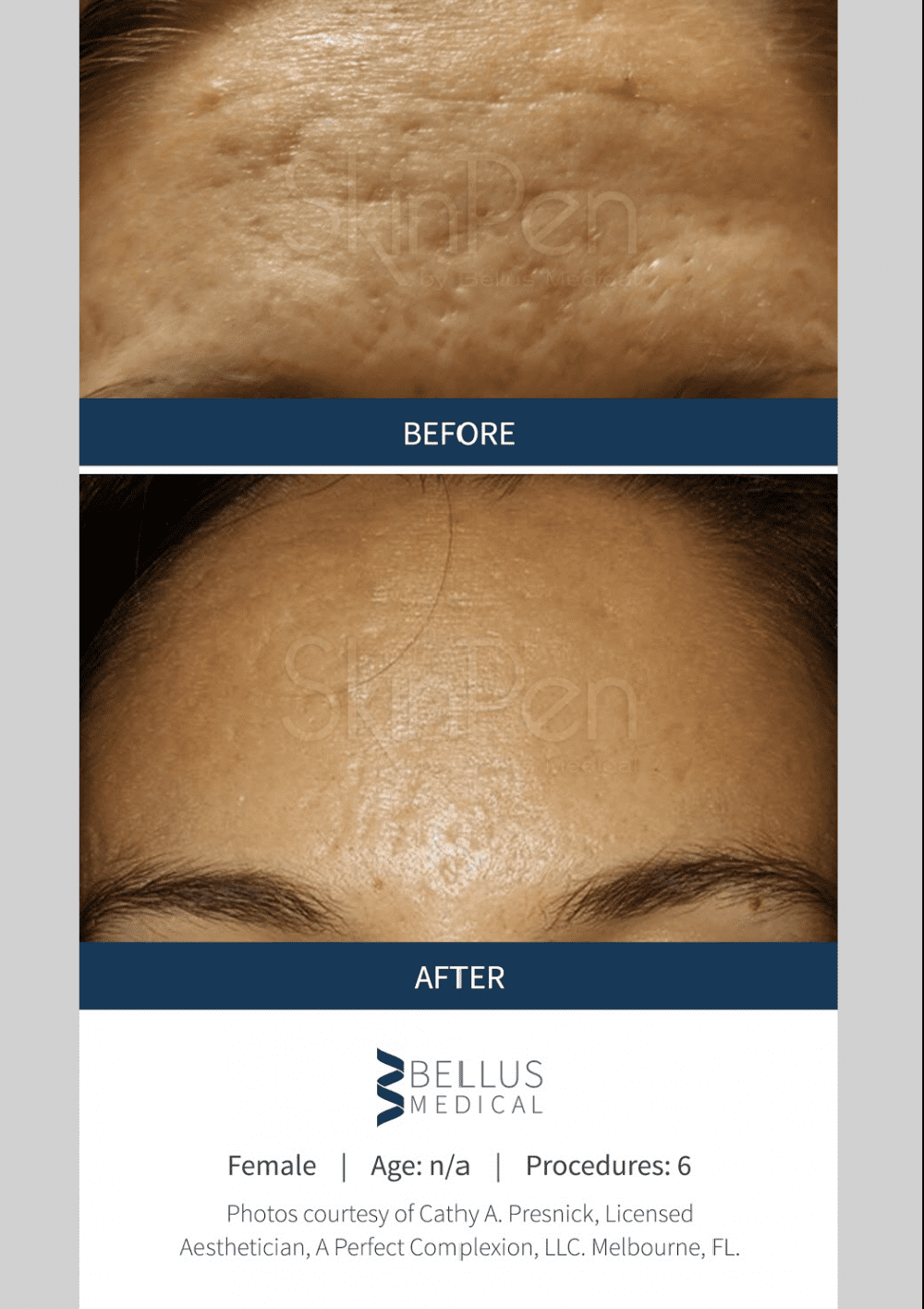Growth hormone is a hormone secreted by the anterior pituitary gland in the brain and is found with platelets in the blood plasma. It has many functions one of which is to fuel childhood growth. It also helps maintain tissues and organs throughout life. There are many factors that can decrease the production of growth hormone such as:
- Increased blood glucose-diabetes
- Increased blood free fatty acids- high cholesterol
- Ageing (by age 20-40 we have 50% less growth hormone being secreted and by age >40 we will have 25% less growth hormone secreted in comparison to age <20)
- Obesity
- Excessive protein diets
Growth hormone is also secreted at specific times as shown in the following figure.

With this in mind lets think about why platelet rich plasma (PRP) from our own blood may not give us the best result. As we age there is less growth hormone secreted and depending on the time of day your blood is drawn for PRP it could be even less (unless your blood gets drawn right after strenuous exercise or at midnight). That is why at Niyan Medspa we use a product which has 99% growth hormone combined with human platelet lysate (HPL) which signals cues for cell growth that is unparalleled in the aesthetics industry.
What does growth hormone do? Growth hormone promotes growth, but for the purpose of aesthetics it stimulates collagen production. Collagen is a protein that over time decreases causing the signs of ageing i.e. those dreaded wrinkles. What are ways to increase collagen?
- Trauma can cause increase in collagen production. Let’s think about boxers such as Evander Holyfield or Muhammad Ali. Now I’m not saying to pick up boxing to prevent wrinkles, but these guys didn’t have those crows feet we worry about, because of trauma. With any kind of controlled trauma i.e. microneedling or with heat using BBL your body stimulates wound healing. A byproduct of wound healing is collagen formation. Think of collagen as the scaffolding your skin is supported by. Increase your scaffolding and smooth out those fine lines and wrinkles.
- Diet high in glycine and proline 2 of the building blocks of collagen will also help with collagen production. Glycine and proline are found in meats, fish, dairy, legumes like white beans, pumpkin seeds and eggs.



